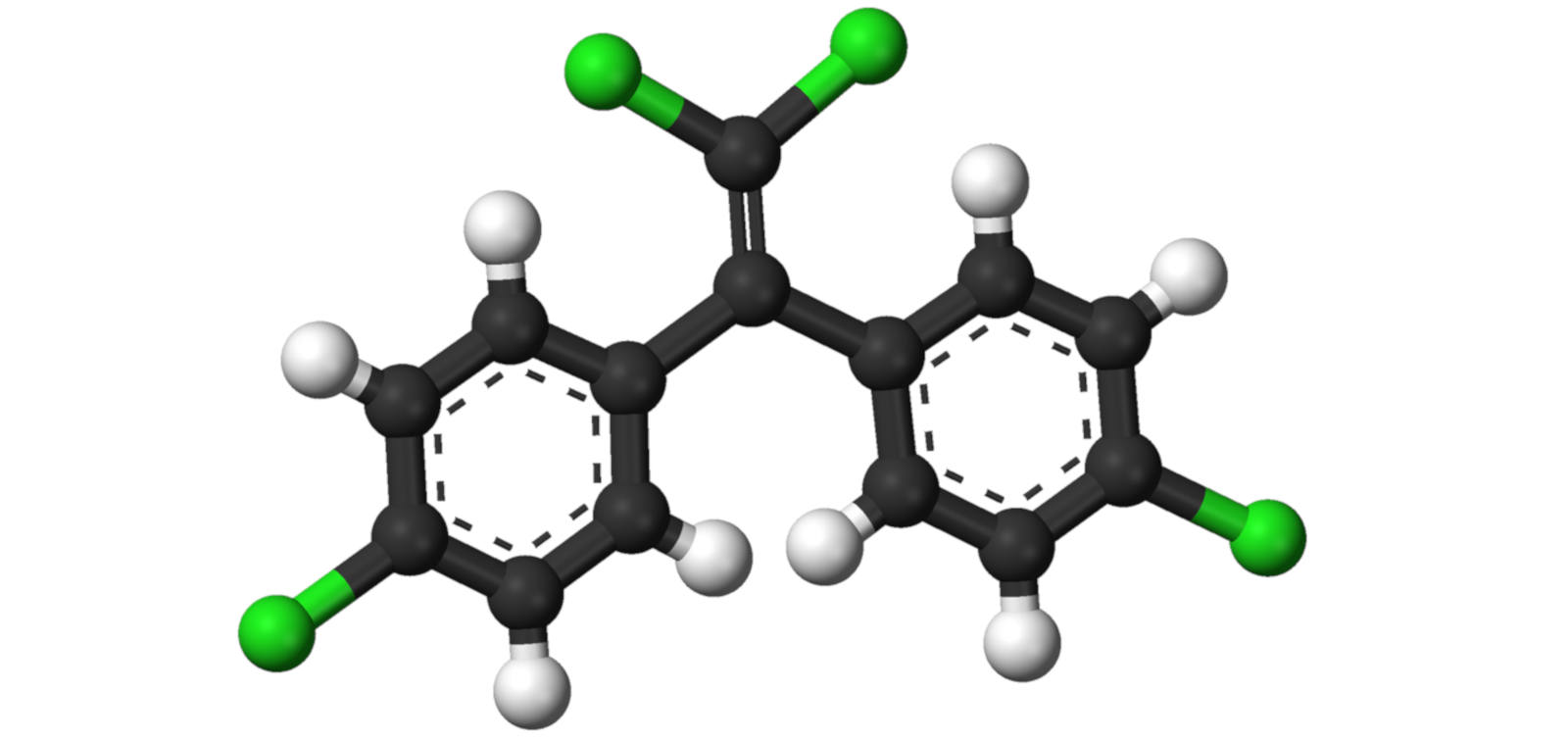Prenatal Exposure to a Compound Found in Pesticides Associated with Reduced Lung Function in Childhood
A study published in ‘Environment International’ provides new evidence on the respiratory health effects of organochlorine compounds
21.08.2019
Maternal exposure to chemical compounds during pregnancy can affect children’s respiratory health. A new study led by the Barcelona Institute for Global Health (ISGlobal), a centre supported by ”la Caixa”, has provided new evidence of this association. The findings, published inEnvironment International, indicate that prenatal exposure to DDE (dichlorodiphenyldichloroethylene) may lead to reduced lung function in children.
DDE belongs to a group of synthetic pollutants called organochlorine compounds, which during the 20th century were widely used in pesticides, electrical insulators and other industrial products . DDE was banned in the 1970s, but it does not break down easily and is still found today in the environment and the food supply.
Earlier research had suggested that there may be a relationship between exposure to organochlorine compounds and childhood respiratory conditions such as wheezing, asthma and infections. The new study found a link betweenlow levels of DDE exposure and objective lung function assessments.
The study included 1,308 children fromSabadell, Gipuzkoa and Valencia belonging to the Spanish INMA Project birth cohort. Between 2004 and 2008, blood samples were collected from the mothers during pregnancy and from the umbilical cord at the time of birth. Despite having been banned for several decades, organochlorine compounds were detected in the blood of more than 80% of the women who took part in the study. Lung function was assessed by spirometry tests performed at age four years in children from Gipuzkoa and Sabadell and at age seven years in children from Gipuzkoa, Sabadell and Valencia.
Seven organochlorine compounds were analysed in the study, but the association with decreased lung function was statistically significant only in the case of DDE. Specifically, thechildren with the highest DDE exposure levels had lower lung function values in spirometry tests performed at four years of age to assess forced expiratory volume in one second (FEV1).
In tests at age seven years, the association was observed in the group with the second-highest exposure levels, but not in the most-exposed group. An association with decreased forced vital capacity (FVC) was also observed in the group with the second-highest exposure levels.
“We know that endocrine disruptors can follow this sort of pattern,” commented ISGlobal researcher Alicia Abellan, the lead author of the study. “Exposure to a higher dose does not necessarily lead to a greater effect and, in fact, effects can be observed at medium levels of exposure.”
“The observed effect is not a cause for concern regarding the respiratory health of individual children ,” commented ISGlobal researcher Maribel Casas, the last author of the study. “However, the effect that these endocrine disruptors could have in the population as a whole is a concern.”
“Pregnancy is a particularly delicate time,” added Casas. “Pregnant women who wish to reduce their exposure to these chemical compounds might consider reducing their intake of fatty fish and meats.”
Reference
Alicia Abellan, Jordi Sunyer, Raquel Garcia-Esteban, Mikel Basterrechea, Talita Duarte-Salles, Amparo Ferrero, Judith Garcia-Aymerich, Mireia Gascon, Joan O. Grimalt, Maria-Jose Lopez-Espinosa, Carlos Zabaleta, Martine Vrijheid, Maribel Casas. Prenatal exposure to organochlorine compounds and lung function during childhood . Environment International. July 2019. doi: 10.1016/j.envint.2019.105049.





